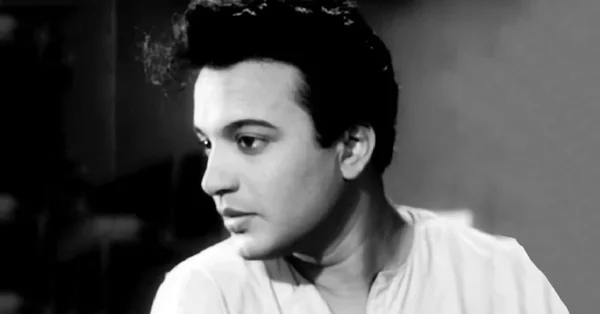Uttam Kumar Initial success and breakthrough (1952 – 1954):
Uttam Kumar Become star and ruled (1955 – 1965):
Uttam Kumar Collaboration with Satyajit Ray:
Uttam Kumar National Award and different works (1966 – 1975):
Uttam Kumar Last years 1976 – 1980s:
Uttam Kumar Producing and directing:
Uttam Kumar Music:
Uttam Kumar Theatre:
Uttam Kumar Hindi cinema:
Uttam Kumar Stardom:
Uttam Kumar: The Undisputed King of Bengali Cinema
Uttam Kumar’s stardom in Bengali cinema transcends the realm of mere celebrity. He wasn’t just an actor; he was a phenomenon, a cultural icon, and a beloved figure who embodied the Bengali spirit for generations. His charismatic screen presence, versatility, and dedication to his craft solidified him as the “Mahanayak” (Great Hero) of Bengali cinema.
Early Rise to Fame:
Uttam Kumar’s journey began in the 1950s. With his charming smile, natural acting, and ability to portray a range of emotions, he quickly captured the hearts of audiences. Films like “Jatra” (1955), “Sahajani” (1956), and “Agnisnan” (1957) established him as a leading man, and his popularity soared.
Uttam Kumar became synonymous with the quintessential Bengali romantic hero. Films like “Saptapadi” (1961), “Chhadmabeshi” (1975), and “Anandamela” (1972) showcased his charm, impeccable comic timing, and ability to build a deep connection with the audience.
Versatility and Beyond:
However, Uttam Kumar was much more than just a romantic hero. He proved his versatility by taking on challenging roles in social dramas like “Meghe Dhaka Tara” (1960) and “Jiban Mrityu” (1967), thrillers like “Bhranti Bilash” (1963), and historical epics like “Sonar Khela” (1973).
Enduring Legacy:
Uttam Kumar’s reign at the top of Bengali cinema lasted for over three decades. He received national recognition with the first-ever National Film Award for Best Actor in 1967, won numerous regional awards, and even ventured into film direction and production.
His influence transcended cinema. He became a household name, his mannerisms and dialogues imitated by fans. He even inspired the naming of a metro station in Kolkata after him.
Even today, decades after his passing, Uttam Kumar’s films continue to be cherished by audiences. His legacy lives on in the hearts of millions, ensuring his place as the undisputed king of Bengali cinema.
Here are some additional points to consider when discussing Uttam Kumar’s stardom:
- His dedication to his craft and his refusal to compromise on quality standards contributed to his enduring popularity.
- He actively engaged with his fans, often attending public events and interacting with them personally.
- His films not only entertained but also reflected the social and cultural realities of Bengal, resonating deeply with audiences.
- Uttam Kumar’s stardom went beyond box office success; he became a cultural symbol representing Bengali values and aspirations.
Uttam Kumar On-screen partnerships:
Uttam Kumar Radio controversy:
Uttam Kumar Philanthropy and Activism:

